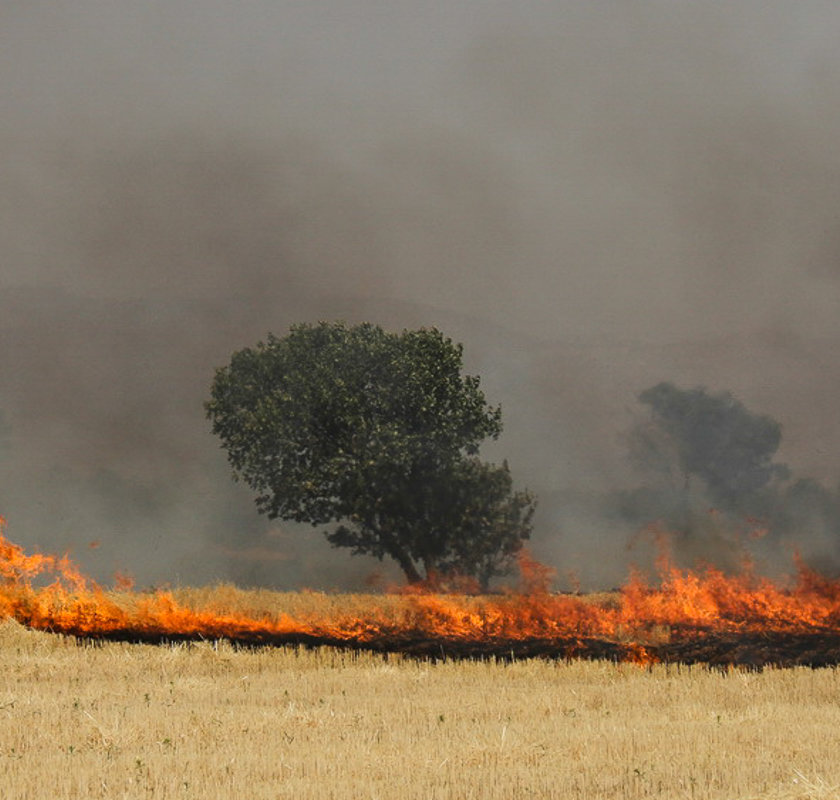Recent estimations suggest that the damage to Pasargadae Forests in Fars Province caused by wildfires in early June amounts to 11.8 billion rials ($337,000).
“More than 1,220 hectares of the province’s natural resources have been burnt down so far this year (started March 20), 868 hectares of which were in the forests of the Pasargadae County, which have fallen victim to wildfires twice this year,” said Mehrzad Boustani, Fars’s natural resources director, dismissing previous data suggesting that 3,000 hectares of the forests were destroyed.
Pointing to the huge losses inflicted by fire, the official said the value of trees is measured based on their longevity and the time it would take for them to recover.
“It takes around 300 to 400 years for the trees and 30 to 40 years for the bushes in Pasargadae to return to their previous states,” he said.
Boustani added that his office is devising plans to restore the forests, including planting seeds and saplings. He did not give more details as to when the plans will be implemented.
This is while much larger fires are likely in summer, which is expected to be up to 1.5 degrees Celsius warmer than average this year.
Fires that frequently incinerate large portions of Iran’s dwindling forest areas inflict upward of 3.2 trillion rials ($94 million) in damages every year.
On average, wildfires destroy 15,000 hectares of woodlands every year. In the last Iranian year that ended in March 2016, fires spread through more than 44,800 hectares of forests, irreparably destroying 18,000 hectares.
Reducing Destruction
The environmental authorities of Fars, however, appear to have attained initial success in controlling the drying up of trees, which contribute to forest fires.
Boustani pointed to the Zagros Oak Forest Reinforcement Project, which is being piloted in Fars. The province has 2.2 million hectares of wooded land, 800,000 hectares of which are located in the Zagros region.
Drought and climate change over the past 10 years have caused large areas of oak forests in Dasht-e Barm Rural District in Fars to dry up.
“The drying process has been controlled across 26 hectares of forestland by teams of experts,” he said.
According to Boustani, the teams, which include phytopathologists (scientists that study plant diseases) and agricultural researchers, have monitored and studied 1.1 million hectares of the province’s drying forest areas over the past year.
The provincial office of the Department of Environment has also formed an expert committee to study the methods of combating trees’ dieback in collaboration with Shiraz University.
Dieback is a condition in which a tree or shrub begins to die from the tip of its leaves or roots backwards, owing to a disease or an unfavorable environment.


